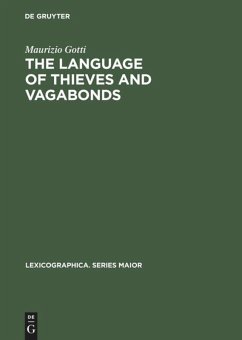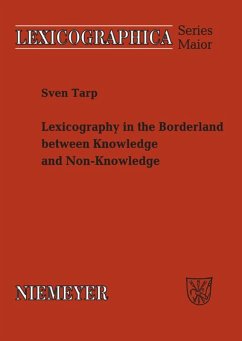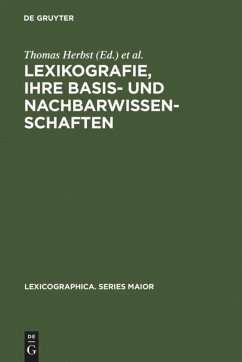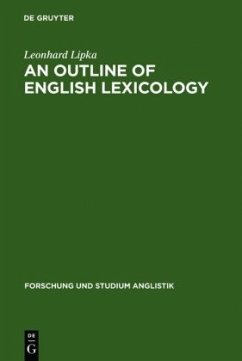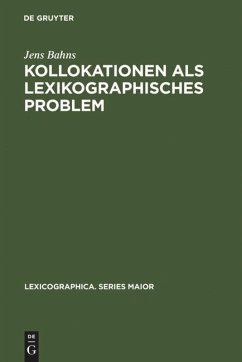The object of the volume is the analysis of the main dictionaries and glossaries of the canting language (the particular jargon spoken by thieves and vagabonds) that appeared in the 17th and 18th centuries. The scholars' attention has mostly concentrated on the earliest publications - particulary those appearing in the Elizabethan period -, while relatively little research has investigated subsequent canting dictionaries and glossaries. The aim of the present volume is to fill this gap. The main works on canting published in the 17th and 18th centuries are analysed in chapters 3 to 10. The first two chapters provide a necessary introduction to the investigation carried out in the subsequent sections, examining the great increase in the numbers of vagabonds and criminals in England in that period from a sociohistorical perspective and reviewing the 16th-century English literature about the underworld. The subsequent eight chapters give a detailed analysis of the main works on canting which appeared in the second part of the 17th century and during the whole of the 18th century. The specific features of each publication are identified, as well as the method adopted by its author in the compilation of his dictionary/glossary and the most likely sources of its entries, in order to determine the degree of novelty and relevance that his contribution has brought to this field. The final chapter deals with the evolution in the meaning of the term 'cant' itself in the period taken into consideration.

